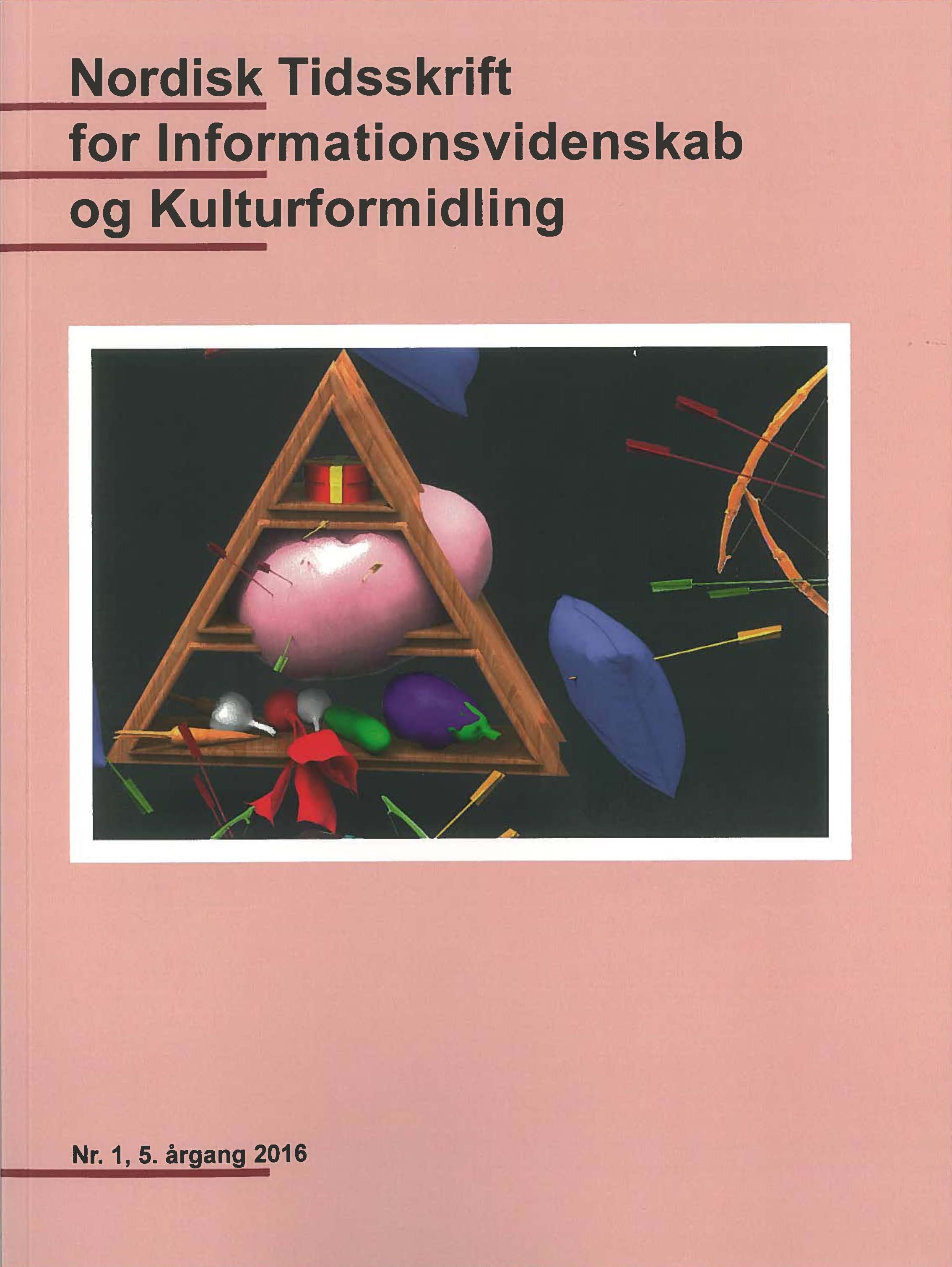Introduction
DOI:
https://doi.org/10.7146/ntik.v5i1.25877Resumé
Introdution Wikipedia is one of the most visited knowledge resources in the world. The Alexa traffic rankings put it at number 7, well above the New York Times (104), the BBC (106), the Library of Congress (1,175), and the venerable Encyclopedia Britannica (3711) (Alexa, 2016). As historian Roy Rosenzweig puts it, Wikipedia has become "perhaps the largest work of online historical writing, the most widely read work of digital history, and the most important free historical resource on the World Wide Web" (Rosenzweig 2006, p. 52). Wikipedia has become so ingrained in our everyday search for information that users rarely give thought to the mechanisms and agency underneath its production of knowledge: who produces its content? And what visible and invisible structures govern this production? Indeed, we have come to take its presence for granted to a degree that editorial contributions to many Wikipedia pages are in fact stagnating (Wikipedia, n.p.; Ford, 2011).Downloads
Publiceret
2016-03-13
Citation/Eksport
Borgen, M., Thylstrup, N. B., & Veel, K. (2016). Introduction. Nordisk Tidsskrift for Informationsvidenskab Og Kulturformidling, 5(1), 3–8. https://doi.org/10.7146/ntik.v5i1.25877
Nummer
Sektion
Forord
Licens
Forfatter og tidsskrift har ophavsretten, men må citeres med angivelse af kilden.





